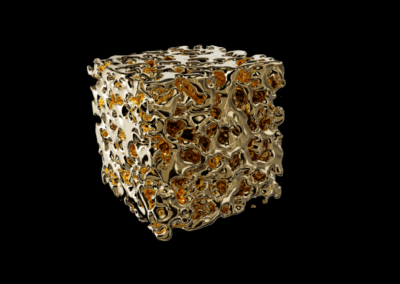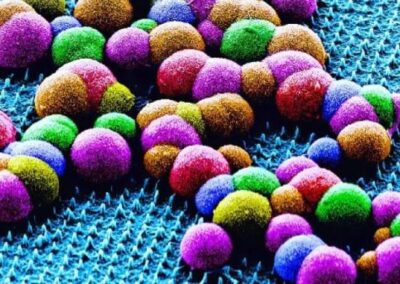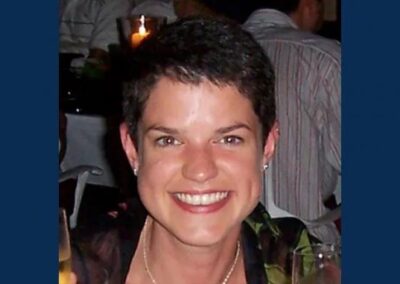Dr Antonio Elia Forte is currently a Senior Lecturer in Engineering at King’s College London (since fall 2021), where he leads the Reconfigurable and Adaptive Designs Lab (RADlab). He is also Associate in Materials Science and Mechanical Engineering at Harvard Univeristy and Visiting Researcher at Imperial College London.
Dr Forte has a cross-disciplinary background in Computational Mechanics (PhD, 2011-2015 Imperial College), Neuroscience & Signal processing (Postdoc, 2015-2018, Imperial College) and Applied Mechanics (Fellowshop, 2018-2021, Harvard University).
He is recipient of the UKRI Future Leaders Fellowship (PI), Global Marie Sklodowska-Curie Fellowship (PI, top 1% of ~10K submitted), the EPSRC Impact Accelerator Award (PI), the MRC Impact Accelerator fund (Co-I), and the NMES Teaching Award, among other prizes and recognitions, (NMES Enterprise & Engagement fund (PI), King’s Artists Residency fund (Co-I), EPSRC Institutional Sponsorship Grant (Co-I), Regione Puglia “Principi Attivi” Grant (PI), Puglia Sound Export Award, Unisalento SOLAR Fellowship, WSS Award, European Commission Seal of Excellence, etc).
Dr Forte’s work has been featured on The Havard Spotlight (1, 2, 3), KCL News, various scientific outlets (4, 5, 6, 7, 8, 9, 10, to cite a few) and awarded with the covers of four of the most prestigious journals in his field (11, 12, 13, 14).
Dr Forte has expertise in computational modelling and has developed Finite Element Models for numerous applications (e.g., 15, 16, 17, 18) and contributed to the development of Reduced Order Models in various works (e.g., 19, 20). Additionally, he has experimental expertise in soft material characterisation (e.g., 21, 22, 23), the design and synthesis of novel materials (e.g., 24, 25, 26), and the development of new experimental rigs for 3D printing (e.g., 27, 28).
As his research is immediately applicable to automation, Dr Forte has been involved in the design and manufacturing of novel inflatable robotic systems (e.g., 29, 30), intelligent mechanical valves (31) and snapping origami modules (32), which are all electronic-free. Such devices hold great potential for application in non-conventional environments, such as MRI facilities and space.
Dr Forte has employed machine learning and optimisation strategies to solve shape morphing and target reaching inverse problems in nonlinear mechanical systems (15, 16, 17, 32). Additionally, he is passionate about sound and the neural mechanism behind sound perception. He developed mathematical methods to measure the neural response to continuous speech using EEG signals (33) and employed ML to classify them (34, 35, 36). The code is available for everyone to download on github and the work was featured on the BBC science podcast.
During his academic journey, Antonio has also worked as consultant for a few companies, including InBev and Embody Orthopaedic, helping them to develop new products and optimising their designs to achieve durable performances, respectively.
Together with David Melancon (Polytechnique Montreal) and Benjamin Gorissen (KU Leuven), Antonio is organiser of “Functionality Through Nonlinearity” which is the first sessions for number of submissions at the APS March Meeting (one of the most prestigious physics conferences in the world). He has also been involved in the organisation of other international workshops and conferences (e.g., ICoBT, IERASG Biennial Symposium, STLE Frontiers etc.) and collaborations between researchers and artists (including AirGiants, a UK based art collective involved with King’s thanks to the King’s Artists Residency fund).
Dr Forte is also member and collaborator of the Automorph Network: a network of physicist, artists, designers and engineers across the world, with a focus on shape morphing matter and structures. Through the network, Dr Forte organises the Creative Differences Workshop, which is part of the London Biennale. Additionally, he is an active member of the UK Metamaterials Network (UKMMN) and several scientific associations including IEEE, RAS, and APS, and member of the London Centre of Nanotechnology.



